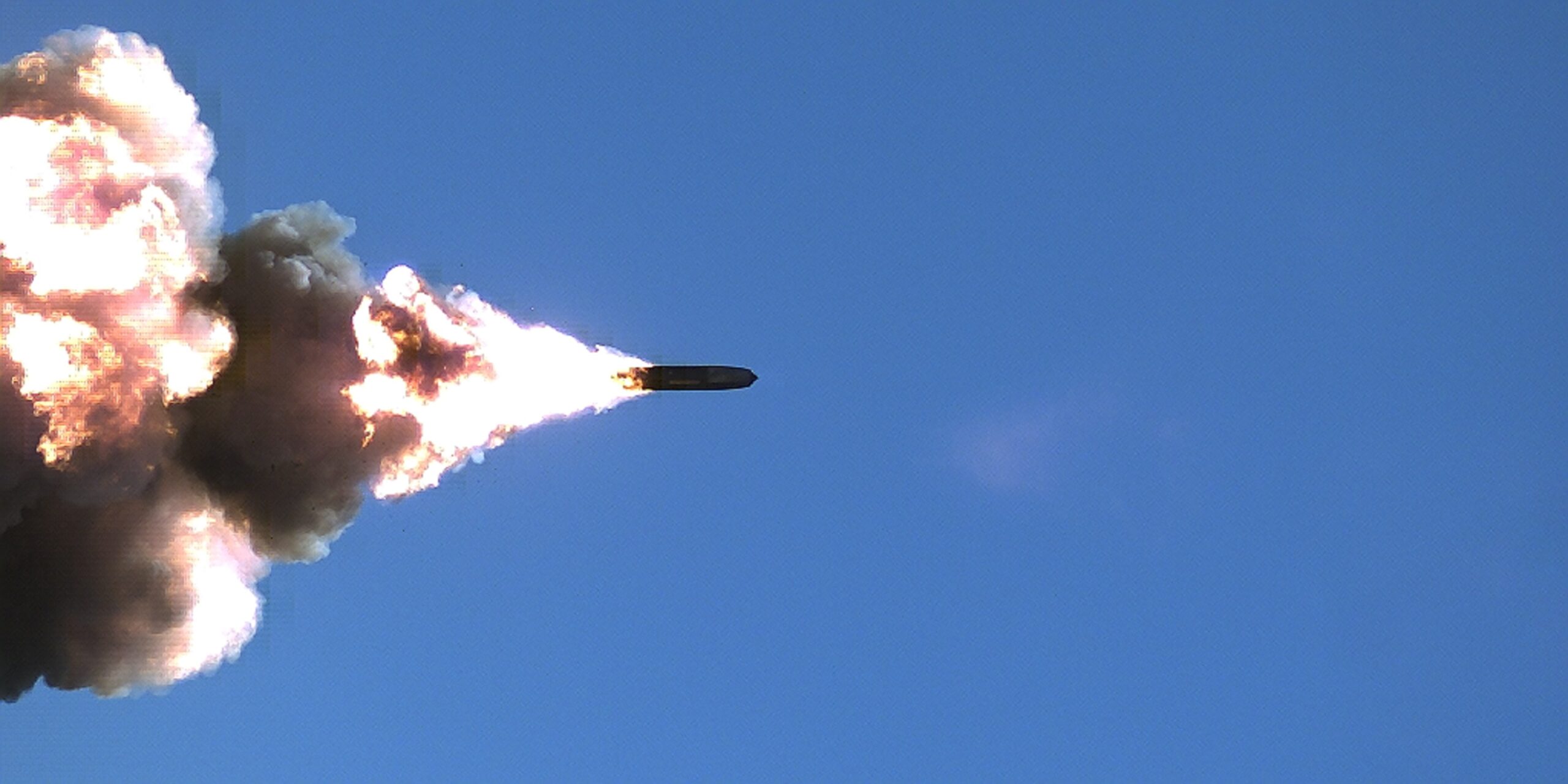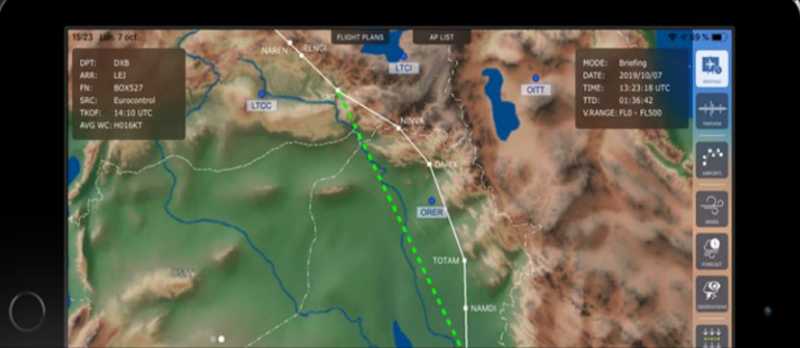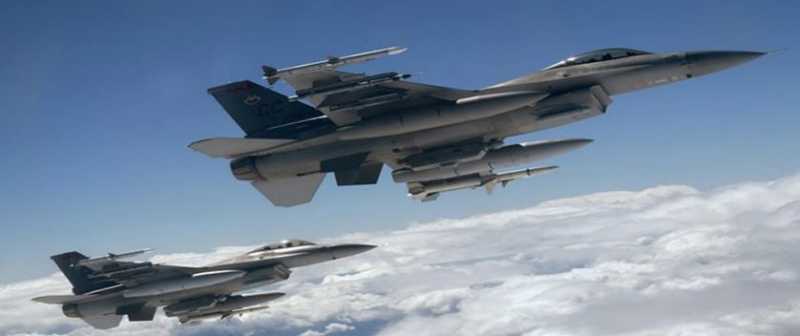
U.S. Army conducted a record-breaking indirect fire test of the Boeing-Nammo Ramjet 155 projectile
Test advances development of Army’s top modernization priority of Long Range Precision Fires
A Boeing and Nammo team set a record for longest indirect fire test of a ramjet-powered artillery projectile alongside officials from the U.S. Army — firing a Ramjet 155 munition from a 58-caliber Extended Range Cannon Artillery (ERCA) at Yuma Proving Ground, Ariz.
The test advances development efforts for the Army’s top modernization priority, Long Range Precision Fires.
“Our objective was to demonstrate the ability to safely operate from the ERCA system and validate our performance. Both objectives were met.” said Gil Griffin, executive director of Boeing Phantom Works. “The team is working to deliver a superior, affordable precision strike weapon that can neutralize critical targets at long distances.”
The success follows last year’s Boeing-Nammo test recording the longest-ever indirect fire test of a Ramjet 155 munition. That test was completed using a 39-caliber towed artillery cannon at the Andøya Test Center in Norway.
“This program now has a thoroughly tested propulsion system that guarantees enormous range increases for all artillery cannons,” said Morten Brandtzæg, Nammo CEO. “We believe the major development hurdles have now been cleared and production is viable within a relatively short timeframe.”
The Boeing-Nammo solution is being developed under the Army’s XM1155 program. Considered a powered guided artillery munition, Ramjet 155 utilizes an air-breathing engine design that uses the cannon firing to provide the speed needed for combustion.
In an upcoming test, Boeing and Nammo will integrate a precision guidance system, leveraging a Joint Direct Attack Munition (JDAM) mission computer onto the Ramjet 155. The demonstration will evaluate the system’s maturity and effectiveness against stationary and moving targets, and readiness to transition into the next phase of development.
“






